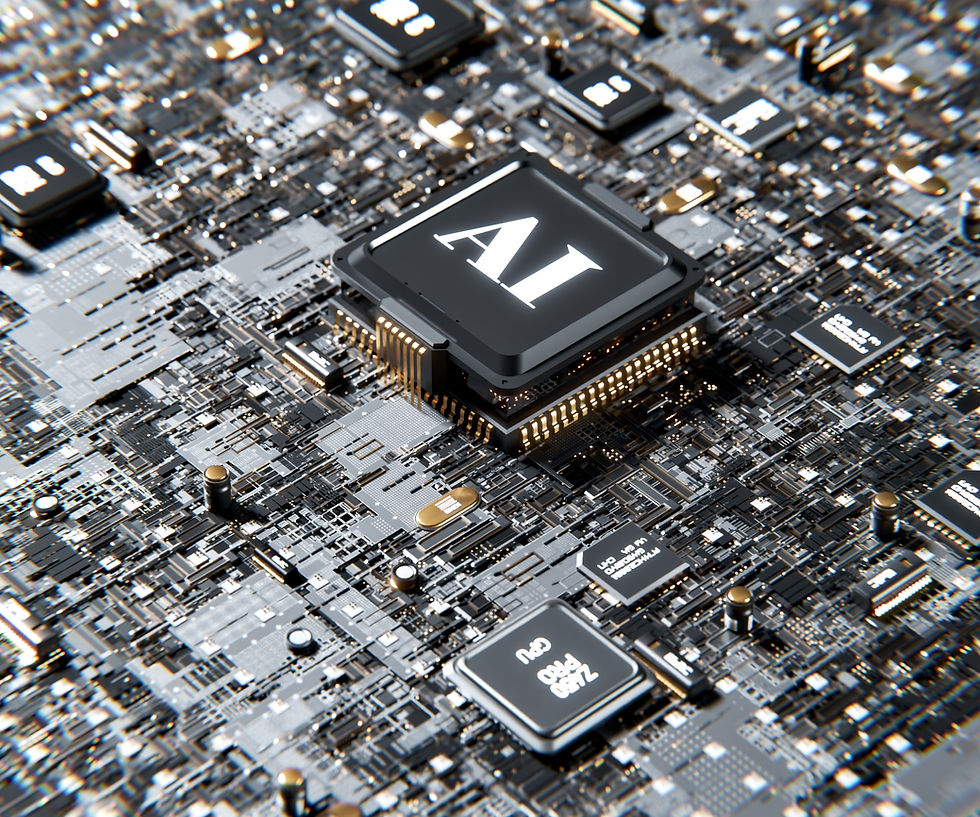Researchers use AI to detect methane release from space
- Voltaire Staff
- Nov 28, 2023
- 2 min read

Image Courtesy: NASA
Researchers at the University of Oxford, working with Networked Intelligence in Space, have created a tool using technology and machine learning to find methane leaks on Earth from space. This helps locate places emitting lots of methane, a harmful greenhouse gas.
Methane doesn't last as long in the air as CO2, but it's much stronger in trapping heat. So, stopping methane emissions can quickly help slow down global warming and make the air cleaner, believe scientists.
According to the UN's Climate and Clean Air Coation, by reducing methane emissions, we could avoid about 0.3°C of warming in the next 20 years.
Until now, there weren't many ways to find methane leaks easily from pictures taken from above, like from airplanes or satellites. The process was slow and hard because methane isn't visible to the human eye or most cameras. Even when cameras could see methane, the images were often unclear and needed a lot of work to understand.
But now, researchers at Oxford have made a new tool using computers to find methane leaks in pictures taken by special satellites that capture more detailed information. These satellites produce a lot of data, which is tough to manage without using Artificial Intelligence (AI).
The researchers, according to a study published in journal Nature Scientific Reports, taught their computer system to recognize methane in pictures by using thousands of images taken by a NASA sensor over a part of the USA.
Then, they used this system on data collected by other satellites, like the one on NASA's International Space Station, to check methane levels around the world.
The model resulted in an overall accuracy of 81 per cent and was 21.5 per cent more accurate than the previously tried models.
The researchers have made the code and the dataset both open source by posting it on Git Hub, a coding related forum.
The project got funding from the European Space Agency (ESA) and was part of Trillium Technologies' work on space intelligence.




































Comments